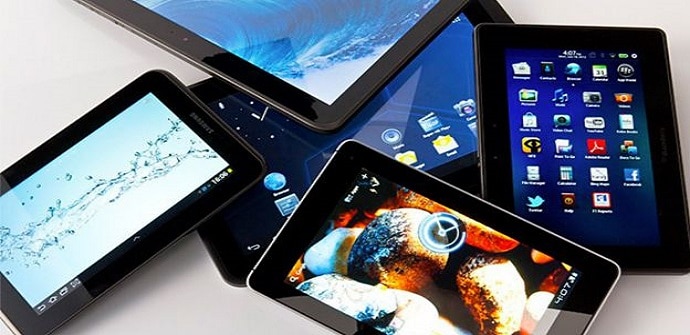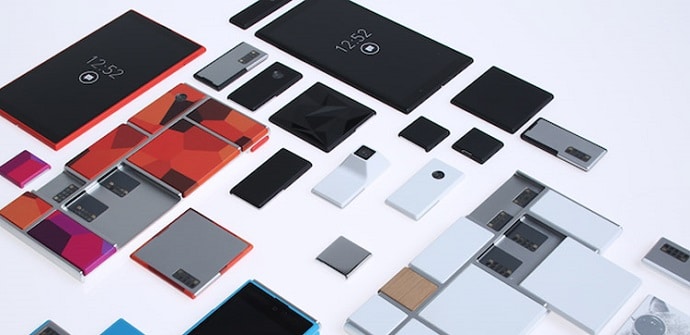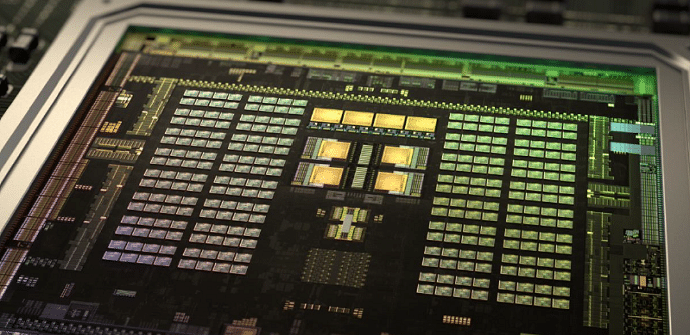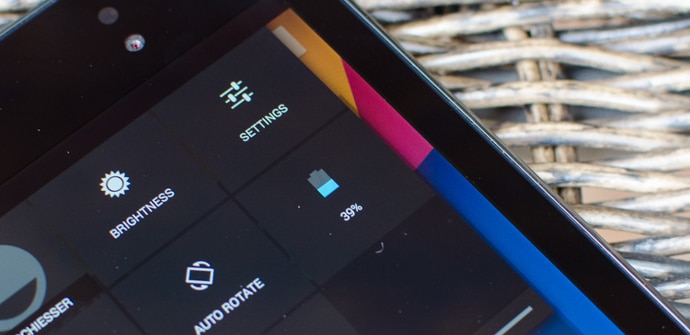
In consumer electronics, as we have mentioned on other occasions, changes are happening at great speed. These transformations don't just come in fields like performance or image. Currently, it is possible to find a multitude of materials for tablets and smartphones that have been appearing very quickly displacing others and the design and resistance of the different supports, is another of the areas where we can appreciate the variations more.
This small revolution also materializes in something more concrete: Elements that were promising in their day, have been replaced by others for economic reasons or other reasons such as their usefulness. Today we are going to show you a list of those components that have ended up in the background, at least in theory, and have been replaced by others much more striking of which we will also do a brief review. Who do you think the winners and losers were?

1. Graphene
We open this list of materials for tablets that ended up in oblivion with a component that appeared not so long ago and that in its day, was considered to be responsible for an unprecedented transformation in consumer electronics. Two characteristics defined graphene: Strength and malleability. This meant that the devices that were made with it would not only be lighter, but would also have a longer useful life, would better withstand environmental conditions, and also would be flexible and with smaller dimensions. Its applications looked promising, ranging from extremely durable batteries to being basic in cases. Its biggest drawback, and the fact that it may have already gone unnoticed, is its high cost of production.
2. Flexible ceramic
Secondly, we find another component that would be aimed primarily at device components such as processors. This ceramic allowed the circuits, transmitters and connections necessary to guarantee the fluidity of the substrates to be printed directly on it. In addition, it could be replaced if it presented malfunctions and, due to its isolation, mitigate overheating and short circuits caused by them. In addition, it was an element lighter and thinner that in the long run, it could slimmer the devices in which it was incorporated. However, it is still expensive to manufacture and its possible uses are limited to the scientific and high-tech realms at least for now.

3. Materials for tablets that give their last blows
Just over a year ago, we wondered if we really knew what our tablets and smartphones were made of. In that list of components we found one that had been fundamental until very recently: The plastic. Its use was widespread in thousands of models regardless of their manufacturer and the segments to which they were directed, since it was very cheap and, mixed with others such as aluminum or magnesium, resistant. However, the biggest companies were displacing it with the aim of making devices more visually attractive but also durable, and now, even Chinese phablets have mostly ended up leaving this component aside to join the metal fever.
4. Nickel
In its day, this element was the most used in the manufacture of batteries. As with many other objects, it lived through a golden age and became widespread due to factors such as its low cost in the past and its conductive properties. However, a mineral soon appeared that, in principle, was more affordable, safer, in theory, and that solved some drawbacks of nickel such as the formation of crystals in batteries under the so-called "memory effect" that prevented the devices will fully charge: Lithium. However, both one and the other are not totally free, since the environmental impact that they leave behind is very large. Do you think that in the end, the two end up having similarities in aspects such as the cost on nature that does not make them so different?

5. Gold and silver
We close this list of materials for tablets and smartphones with two that in the end have ended up with a very limited presence and with an aesthetic purpose. Both precious metals can now be found, along with others such as titanium or diamonds, in limited editions very exclusive that launch a handful of brands and that are mainly on the covers. However, in their day, they were used (in small quantities) in cables and connections, since the conductivity of both, especially gold, is high. However, obtaining it, especially the first, is still very expensive and now, other elements such as the silicon, much cheaper and abundant, and finally, the coltan, not without controversy due to its extraction methods and above all, due to the armed conflicts that continue to exist in places where there are large deposits.
Do you think that all these elements are still somewhat present, or that they have already been totally displaced by others that we have told you more about in this article? We leave you available related information such as, the new stuff that you sign like Samsung could use on their devices so you can learn more.